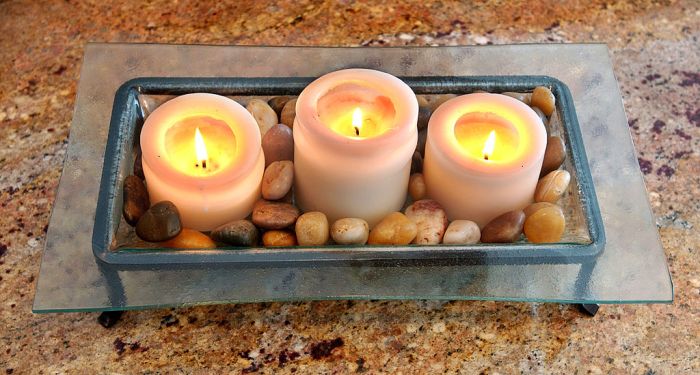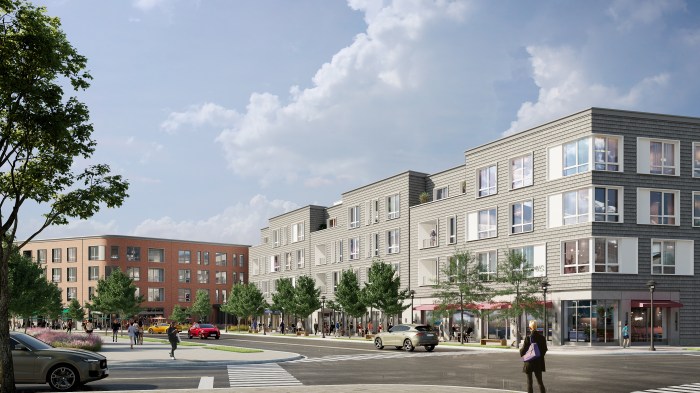Reno fever has been spreading like wildfire across Long Island, but all kitchen and bathroom transformations aren’t what they’re cracked up to be.
Remodeling has become a national pastime. In 2015 alone, Americans spent $326.1 billion on renovating, according to Curbed.
“Your home is an investment, but it’s so much more than that,” says Zillow Lifestyle Expert Amanda Pendleton. “Put your time and money into projects that give you a home you and your family can enjoy and you’re proud of, but recognize that if you’re fixing up your home to appeal to potential buyers, go for changes that have broad appeal and that make an impact.”
Many homeowners are looking for ways to transform their dwelling. But are major renos that end up costing a pretty penny necessary?
While kitchens and bathrooms may be numero uno, reno-wise, as it turns out, they’re not all that, value-wise. Unexpected spaces that have lots of potential and are just waiting to be discovered can be cool options. And they cost less to transform.
“At any price point, kitchen renovations are among the worst return on investment of the home improvements Zillow studied (Zillow Talk), at about 50 cents on the dollar,” Pendleton says. “You could spend $30,000 renovating a kitchen only to turn off some potential buyers who would have done it differently.”
When reimagining a space, consider whether changing it will enhance its functionality and affect the home’s value. Pendleton points out that creating a family room not only adds square footage and usable living space, but it suddenly opens up your home to a whole new set of buyers — the largest set of new home buyers in the market right now — millennials (42 percent of all buyers).
“Family rooms also don’t typically have a lot of custom features or personalization that could turn off potential buyers, like a kitchen could,” she adds. “Nationally, the median cost of a family room addition is $10,000, which is a relatively low investment for a highly desirable space and a larger footprint.”
Another option: new windows that save money on heating/cooling bills and signal to a potential buyer that this home has been well cared for.
“But don’t go overboard,” she warns. “Investing in a stained-glass fresco is not going to increase the value of your home at the same rate.”
Don’t forget about the garage.
“Garage conversions are a great way to add living space to your home,” says Project Coordinator Evan Lewitas of Center Island Contracting, Inc. in Farmingdale. “As the space is both aboveground and already constructed, it is typically an inexpensive addition.”
His tip: Many families utilize a one-car garage for creating an additional bedroom and/or bathroom, or, create a hotel-room sized suite with cabinets, a sink, and minifridge (in a two-car garage). Carpeting or laminate flooring are commonly used.
“In many cases, this newfound bedroom is great for an older relative moving in, or a child returning from college, or a caretaker,” he notes.
Need extra storage for coats, accessories, household stuff, vacuums, and more? Though not glamorous, mudrooms are au courant, and can add a little value as well. Some designer mudrooms include custom cubbies and closets for storage
“Another [unexpected] feature that buyers are loving are chalk walls in the playrooms or children’s bedrooms,” says Melanie Mazzeo of Douglas Elliman Real Estate in Huntington. “I have seen them in kitchens too.”
But very specific tastes and customizations decrease value, Mazzeo warns.
“I have sold homes with murals painted on walls, which has taken away value because it is specific to the seller and does not appeal to new buyers.”
Scott McGillivray, HGTV Canada’s real estate expert, suggests: If it’s in the budget, put in custom storage and heated tile floors in a mudroom.
Additional tips:
For living rooms: Hardwood floors, large windows and practical built-in bookcases, cabinetry can help add value.
For dining rooms: Simple, inexpensive architectural details, like a chair rail, will help. Also, recessed lighting combined with a center fixture, and nice flooring.
Homeowners are discovering that all these surprising places can become stylish, functional spaces. While it’s hard to measure return on investment, they do add some value while enhancing a family’s enjoyment factor. And isn’t that what truly matters?































